The Chickadee comprise a small group of birds that live in North America. There are seven different species of these birds, the black-capped, boreal, Carolina, chestnut-backed, grey-headed, Mexican, and mountain Chickadees.
These birds are another group of species whose names come from one of their vocalizations, which sounds like “chicka – dee.” Read on to learn about the animal.
Description of the Chickadee
All seven different species of these birds are quite small, and similar in shape. They have somewhat rotund bodies and relatively large heads, with small beaks.
Their plumage varies from species to species, with most being cream, brown, tan, or grey. Most Chickadees are about five or six inches long, and weigh half an ounce or less.
Interesting Facts About the Chickadee
These are cute little birds, and there are several different species. Each species has their own interesting traits and adaptations, and we’ve listed some fun facts about these birds below.
- Super Stash – These little birds perform a behavior known as caching, where they hide their extra food. Other birds, like crows, cache food as well. These food stashes help the bird make ends meet during the harsh winters when food is scarce.
- Complex Communication – For such small birds, Chickadees transmit a lot of information with their calls. They can identify other flocks of Chickadees, alert their flock to a potential predator, and even denote predators that are a greater threat than others.
- Interspecies Interaction – Flocks of these little birds sometimes interact and roost with flocks of other bird species. Some of the different species that they interact with include woodpeckers, warblers, nuthatches, vireos, and more.
Habitat of the Chickadee
The different Chickadee species live in several different habitat types. Most live in forests, both deciduous forests that shed their leaves, and coniferous forests that do not.
Some of the different ecosystems that they inhabit include willows, open woodlands, riparian or waterside areas, and more. These birds are also quite adapted to backyard living, and frequently inhabit parks, gardens, and visit backyard birdfeeders.
Distribution of the Chickadee
The different species have different distributions. Some species do overlap with the populations of other species. The Black-capped species live from the Arctic Circle in Canada south into the northern United States.
Boreals live in the same range as black-capped, but their southern distribution stops along the border of the northern United States. The rest of the species range throughout most of North America, some with larger distributions than others.
Diet of the Chickadee
These birds are omnivores, and their diet varies primarily based on the season. They eat more protein sources, like insects and other invertebrates, during the summer while breeding. Some of the different types of plant-based foods that they eat include seeds, berries, and nuts.
They also hunt for spiders, flies, beetles, worms, and a variety of other invertebrates. They will also eat meat from frozen carrion during the winter.
Chickadee and Human Interaction
Humans actually interact with Chickadees quite frequently in a positive fashion. These little birds are common visitors to birdfeeders, and various species make appearances in backyards across North America.
Human activity, like habitat destruction and pollution, also cause negative impacts on Chickadee populations. The IUCN lists all seven species as Least Concern, but several species are decreasing in number.
Domestication
Humans have not domesticated Chickadees in any way.
Does the Chickadee Make a Good Pet
No, Chickadees do not make good pets. Even though they are small and adorable, these are wild birds. In most places it is illegal for you to keep one as a pet.
Chickadee Care
In zoos, these small songbirds do well in an aviary style setting. In the wild they often live and interact with other species of birds, so zoos usually house them with other species as well.
Aviary style enclosures provide these birds with a variety of trees, shrubs, and different types of perches to land on and explore. Zookeepers feed them a variety of crickets, mealworms, and insect larvae, as well as commercially produced insectivore and birdseed diets.
Behavior of the Chickadee
These little birds are active during the day, or diurnal. Outside of the breeding season, most Chickadees are quite social and interact with others of their kind, and even with other bird species. As the breeding season arrives, pairs of Chickadees form territories around a nest site.
They choose their territories around food sources and safe nesting locations. When a potential predator or intruder arrives, these birds sound the alarm with a “chick-a-dee-dee-dee” call.
Reproduction of the Chickadee
Exact reproductive rates vary from species to species. Most lay about five or six eggs per clutch. Their incubation period is short, normally about two weeks long. The hatchlings are completely helpless, but they develop very quickly.
Young Chickadees begin learning how to fly when they are around two weeks old. By the time they are a month or a month and a half old, the chicks are fully independent.



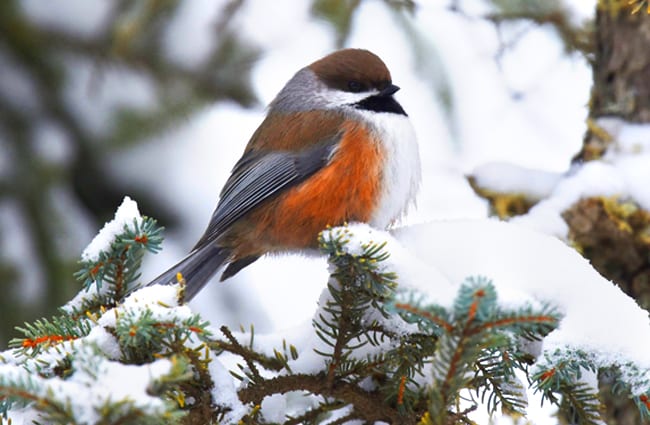
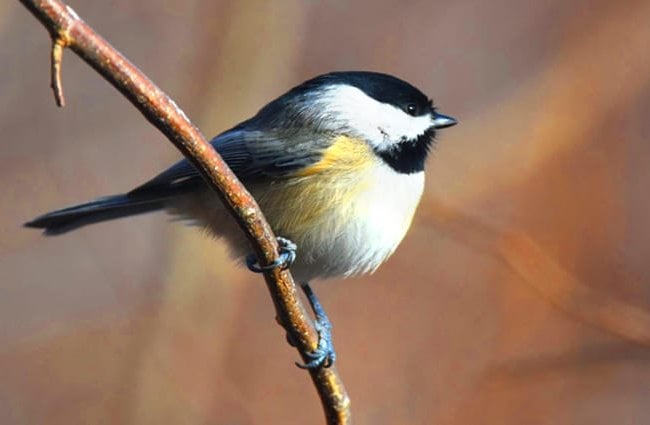
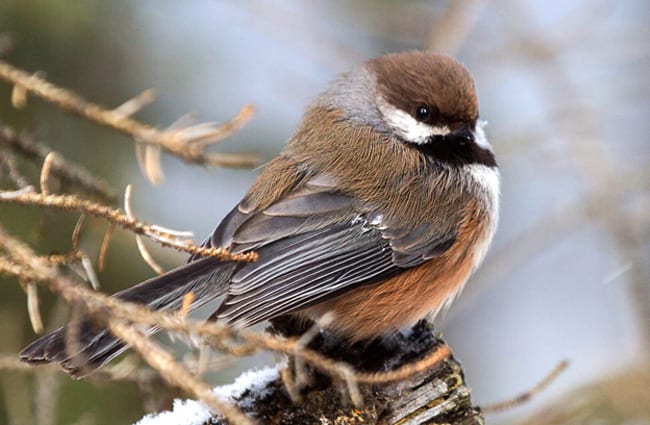

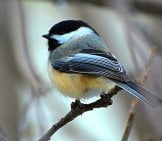
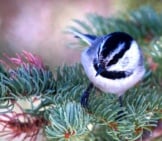
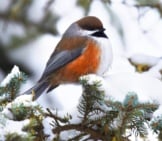
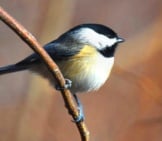


![Red Angus Closeup of a beautiful Red Angus cowPhoto by: U.S. Department of Agriculture [pubic domain]https://creativecommons.org/licenses/by/2.0/](https://animals.net/wp-content/uploads/2020/03/Red-Angus-4-238x178.jpg)


![Red Angus Closeup of a beautiful Red Angus cowPhoto by: U.S. Department of Agriculture [pubic domain]https://creativecommons.org/licenses/by/2.0/](https://animals.net/wp-content/uploads/2020/03/Red-Angus-4-100x75.jpg)

